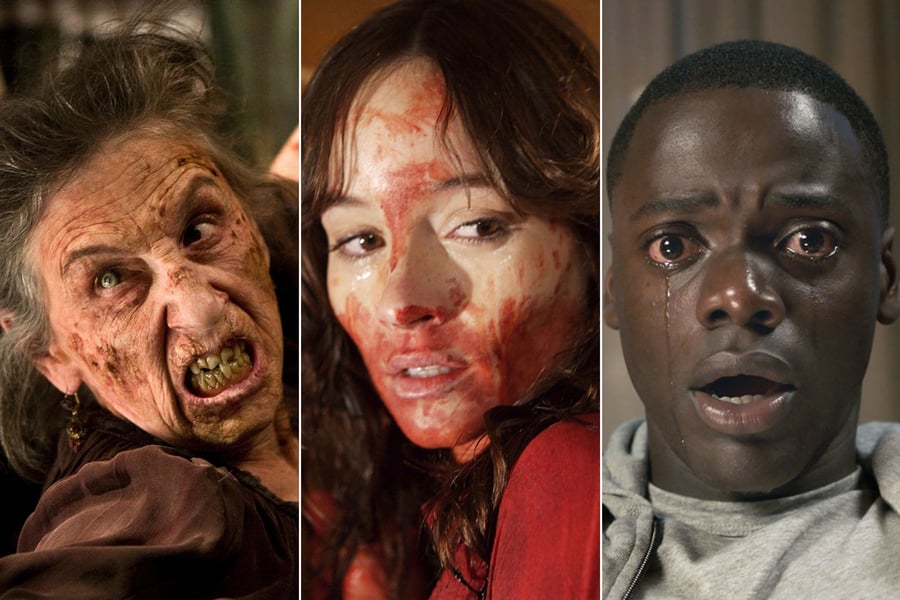65 Greatest Horror Movies of the 21st Century
From topical zombie apocalypses to retro-slasher flicks, the best scary movies since the turn of the millennium

Mandate/Universal/Kobal/Shutterstock, Moviestore/Shutterstock (2)
Back in the late Sixties and early Seventies, Vietnam and civil unrest helped kickstart a new golden age of American horror movies; shortly after the beginning of our new century, we had one massive public atrocity and several new wars to fuel a whole new wave of movies dealing with communal anxieties via scary monsters and super-freaky maniacs. Yes, it’s always been a durable genre regardless of what’s going on in the culture, but considering what’s happened globally over the last 20 or so years, it makes sense that horror films would resonate with folks the way they have. That, and the fact that such free-floating dread would help give birth to a number of films from both the U.S. and abroad that deserve a place in the pantheon.
So we’ve assembled our take on the 65 best horror films of the 21st century – the zombie-apocalypse tales, things-that-go-bump-in-the-psyche ghost stories, retro-slasher flicks, neo-giallo nuggets, J-horror, K-horror, French extreme and Hollywood franchise films that have spooked us, shook us and scared us shitless since 2000. As in any committee-led process, our highly opinionated writers and experts argued over what constituted being included/categorized here (Mulholland Drive belongs on every list of the Greatest Films of the Millennium; whether it’s genuinely a “horror” film, however, is still up for debate). But the ranked list of films here are guaranteed to have you repeating to yourself, “It’s only a movie … it’s only a movie… it’s only a movie …”.
From Rolling Stone US
















































